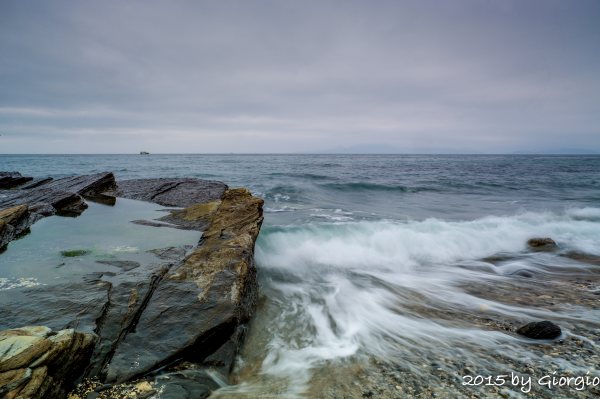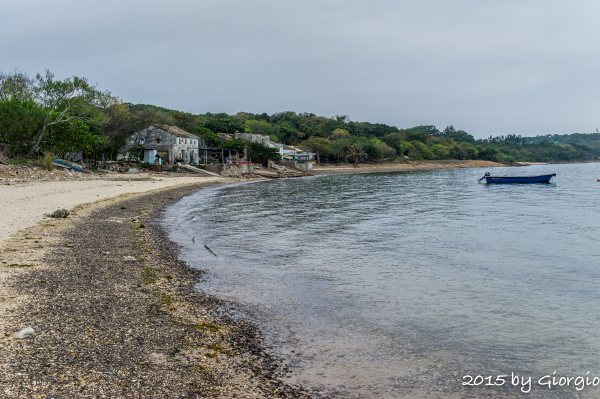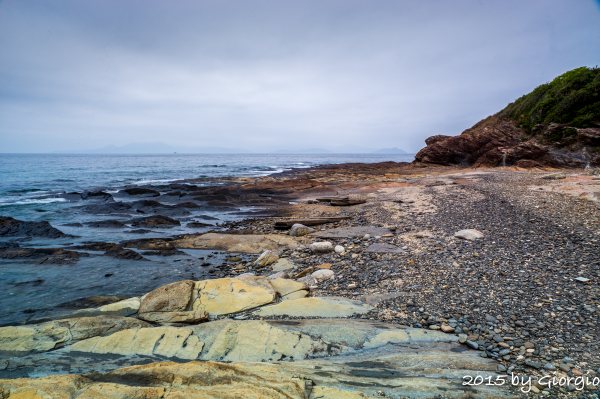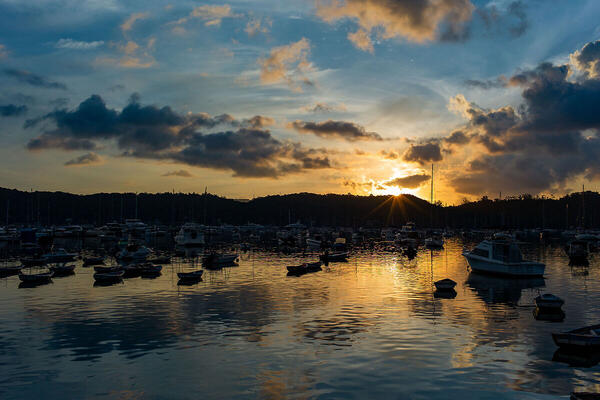
|
| Accept Cookies | Customize | Refuse Cookies |
Giorgio Lo www.juzaphoto.com/p/GiorgioLo  |
 Lava coast by Giorgio Lo0 comments, 130 views  Tung Ping Chau by Giorgio Lo0 comments, 107 views  Almost surreal ... by Giorgio Lo0 comments, 98 views  Untitled Photo by Giorgio Lo0 comments, 86 views  Untitled Photo by Giorgio Lo0 comments, 86 views  Untitled Photo by Giorgio Lo0 comments, 80 views  Untitled Photo by Giorgio Lo0 comments, 83 views  Untitled Photo by Giorgio Lo0 comments, 99 views  Untitled Photo by Giorgio Lo0 comments, 122 views  Untitled Photo by Giorgio Lo0 comments, 72 views  Untitled Photo by Giorgio Lo0 comments, 124 views  Untitled Photo by Giorgio Lo0 comments, 89 views  Untitled Photo by Giorgio Lo0 comments, 89 views  Untitled Photo by Giorgio Lo0 comments, 72 views  Untitled Photo by Giorgio Lo0 comments, 76 views  Untitled Photo by Giorgio Lo0 comments, 79 views  The pier by Giorgio Lo0 comments, 105 views  Sunrise to Stanley by Giorgio Lo0 comments, 60 views ![[retina]](shared_files/layout/retina_badge.jpg) |
All the photos displayed in these galleries are copyright Giorgio Lo and they can not be used without the authorization of the author.
 JuzaPhoto contains affiliate links from Amazon and Ebay and JuzaPhoto earn a commission in case of purchase through affiliate links.
JuzaPhoto contains affiliate links from Amazon and Ebay and JuzaPhoto earn a commission in case of purchase through affiliate links.May Beauty Be Everywhere Around Me